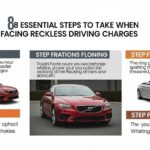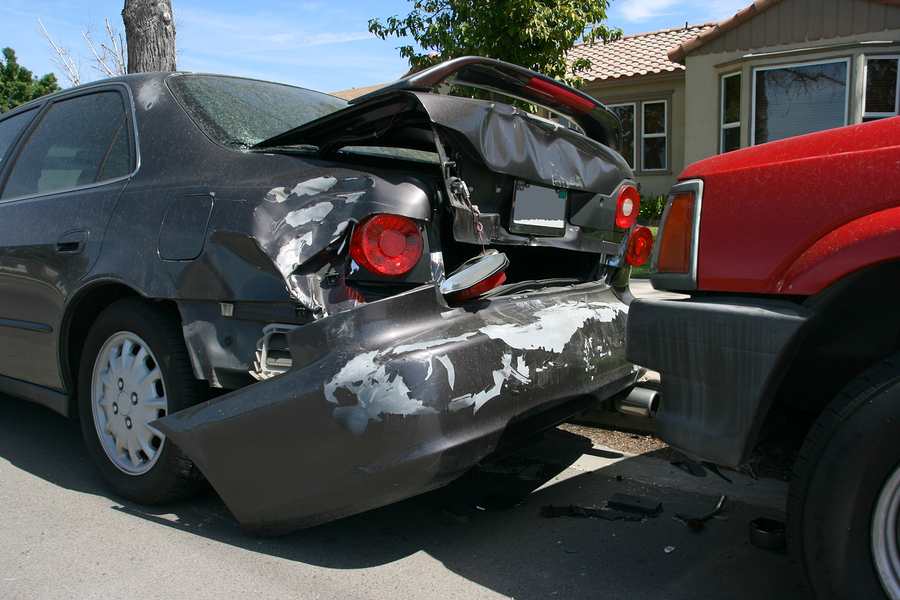Rear-end collisions are among the most common types of traffic accidents, often resulting in significant damage and injuries. Despite their frequency, many of these accidents are preventable. Driver behavior is crucial to avoiding or contributing to these incidents.
Distractions, aggressive driving, or poor judgment in traffic are some of the habits that consistently emerge as the leading causes of rear-end vehicle collisions. Recognizing these behaviors can help reduce the risk of accidents and promote safety on the road.
This guide talks about the five driver behaviors that lead to rear-end collisions. Read on.
1. Distracted Driving
One of the leading causes of rear-end vehicle collisions is distracted driving. With the rise of mobile technology, distractions such as texting and browsing social media have become all too common.
When drivers divert their attention from the road, they significantly slow their reaction time, making it difficult to stop and avoid hitting the vehicle in front. Even brief distractions, such as changing the radio station or eating while driving, can have devastating consequences.
2. Tailgating
Following too closely behind another vehicle leaves little room for error. When the car ahead reduces speed or stops suddenly, tailgating drivers often don’t have enough time to react, leading to a rear-end collision. Tailgating is especially dangerous in heavy traffic or adverse weather conditions, where vehicles require a bigger stopping distance.
Maintain a safe following distance at all times. A good rule of thumb is to leave at least three seconds of space between your car and the vehicle in front and increase that distance in poor weather or traffic conditions.
3. Speeding
Excessive speed reduces a driver’s ability to stop in time to avoid a collision. High-speed driving decreases the time available to react to sudden changes in traffic, such as when the vehicle in front brakes unexpectedly. This is especially true in congested areas, where traffic flow is unpredictable.
Speeding not only increases the chances of a rear-end collision but also increases the severity of injuries and damage caused in an accident. Obey speed limits, so adjust your speed according to traffic and road conditions. It’s crucial to drive at a speed that allows enough time to react to the actions of vehicles ahead.
4. Sudden Braking
While rear-end collisions are often blamed on the trailing driver, sudden and unpredictable braking can contribute significantly as well. Drivers who slam on their brakes without warning, whether due to distractions or poor road awareness, can cause the vehicle behind them to crash into them. Sudden stops are particularly dangerous in heavy traffic or high-speed roads, where reaction times are even more critical.
Be aware of your environment and expect changes in traffic flow. Avoid abrupt braking unless necessary, and use your signal lights when slowing down. Smooth, gradual braking helps alert drivers behind you to your intentions.
5. Impaired Driving
Driving under the influence of alcohol or drugs severely impairs judgment, reaction time, and motor skills, all of which are crucial for avoiding rear-end collisions. Impaired drivers may fail to notice the vehicle slowing down or stopping ahead, leading to accidents they could otherwise avoid. Even prescription medications that cause drowsiness or reduced alertness can contribute to these types of crashes.
Never drive under the influence or control of alcohol, drugs, or medications that interfere with your ability to operate a vehicle safely. If you feel tired or impaired, arrange for alternative transportation or delay your trip until you can safely drive.
Rear-end collisions are often the result of driver behaviors, which is something that can be corrected with attention and awareness. Distracted driving, tailgating, speeding, sudden braking, and impaired driving are all significant causes of rear-end vehicle collisions. We can reduce these risks with the proper precautions.












